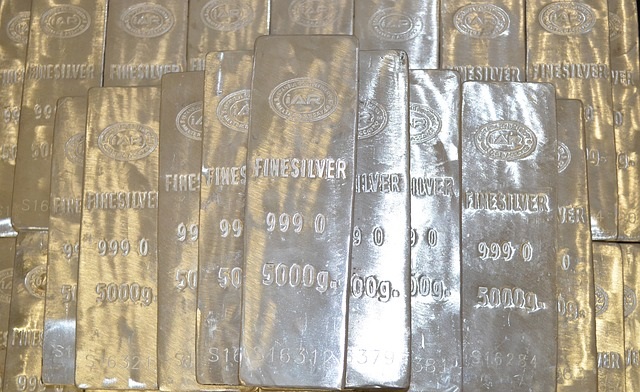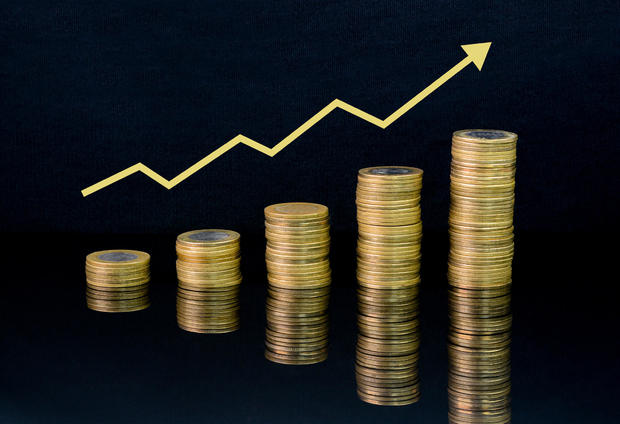Silver on Sale! Silver-Gold Ratio Hits Highest Level in 27 Years
by Peter Schiff, Schiff Gold:

The silver-gold ratio has hit levels not seen in more than 25 years.
The ratio pushed above 85 this week. To find a higher silver-gold ratio, you have to go all the way back to 1991. As Peter Schiff has said, “This is silver on sale.”
Currently, it takes about 85 ounces of silver to buy one ounce of gold. In simplest terms, it indicates that silver is at a bargain price.
Historically, the silver-gold ratio has been much lower. Geologists estimate that there are approximately 19 ounces of silver for every ounce of gold in the earth’s crust, with a ratio of approximately 11.2 ounces of silver to each ounce of gold that has ever been mined.
In 1792, the gold/silver price ratio was fixed by law in the United States at 15:1. France mandated a ratio of 15.5:1 in 1803. Faced with the challenges of a bi-metallic monetary system with fixed exchange rates and the aftermath of a worldwide financial crisis, the US Congress passed the Coinage Act of 1873. Following the lead of other Western nations, including England, Portugal, Canada, and Germany, this act formally demonetized silver and established a gold standard for the United States.
With silver playing a smaller role as a monetary metal, the silver-gold ratio gradually spread. The modern average over the last century is around 40:1.
When you look at the historic ratios, it’s pretty clear that 85 to 1 is way out of whack. As commodities analyst Jason Hamlin said in an article published by Seeking Alpha, “The gold-silver ratio has been one of the most reliable technical ‘buy’ indicators for silver, whenever the ratio climbs above 80.”
The strong dollar has pushed both the price of gold and silver lower over the last several months, but silver has dropped faster. Analysts say worry about the impact of the ongoing trade war on the global economy has suppressed the price of silver. Some investors view falling silver prices as a negative economic indicator. Since silver is an important industrial metal, as well as an investment metal, it is more sensitive to economic factors. If industrial output begins to slow, it can put downward pressure on the price of silver. Other industrial metals have also suffered in recent months. For instance, copper continues to hold near a one-year low as concerns that growing trade tensions will lower global economic growth.
Silver is much more volatile than gold due to its industrial role, but at its core, it is still a monetary metal and it tends to track relatively consistently with gold over time. When gold goes up, it almost always takes silver with it. When this dollar strength fades and inflation rears its ugly head, both metals will likely take off. At that point, history indicates silver will begin to close that gap with gold.
Loading...



